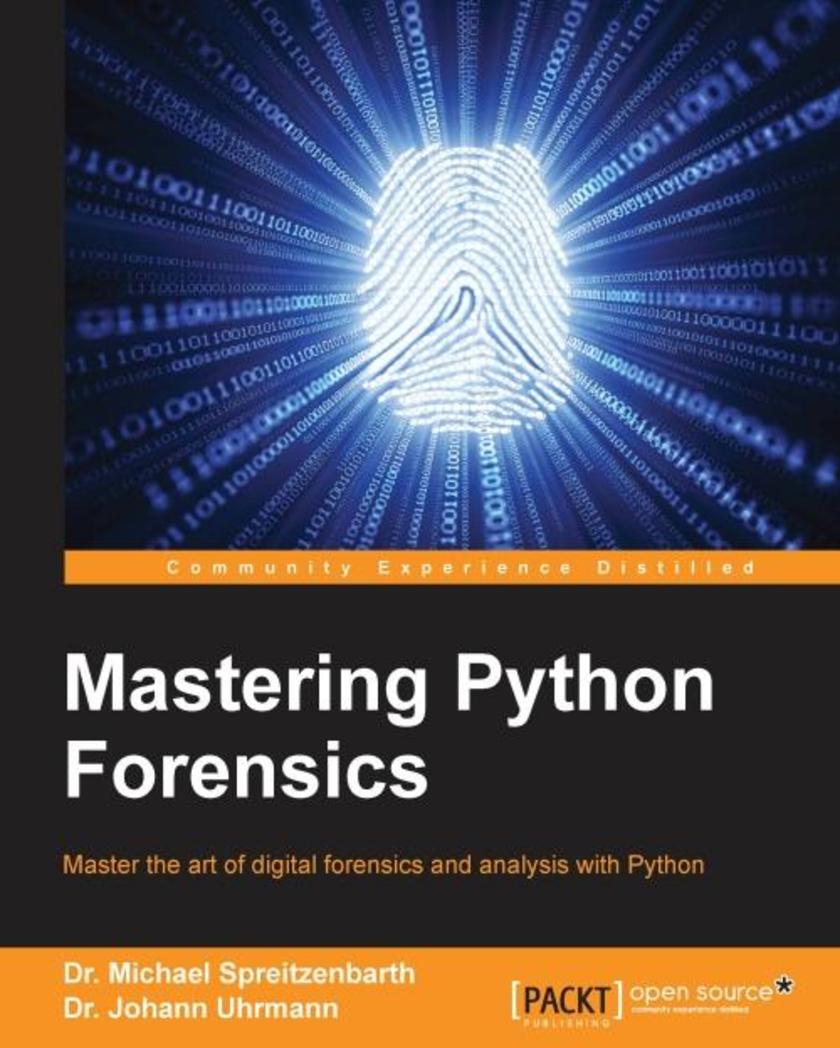
Mastering Python Forensics
¥71.93
Master the art of digital forensics and analysis with PythonAbout This BookLearn to perform forensic analysis and investigations with the help of Python, and gain an advanced understanding of the various Python libraries and frameworksAnalyze Python *s to extract metadata and investigate forensic artifactsThe writers, Dr. Michael Spreitzenbarth and Dr. Johann Uhrmann, have used their experience to craft this hands-on guide to using Python for forensic analysis and investigations Who This Book Is For If you are a network security professional or forensics analyst who wants to gain a deeper understanding of performing forensic analysis with Python, then this book is for you. Some Python experience would be helpful.What You Will LearnExplore the forensic analysis of different platforms such as Windows, Android, and vSphereSemi-automatically reconstruct major parts of the system activity and time-lineLeverage Python ctypes for protocol decodingExamine artifacts from mobile, Skype, and browsersDiscover how to utilize Python to improve the focus of your analysisInvestigate in volatile memory with the help of volatility on the Android and Linux platforms In Detail Digital forensic analysis is the process of examining and extracting data digitally and examining it. Python has the combination of power, expressiveness, and ease of use that makes it an essential complementary tool to the traditional, off-the-shelf digital forensic tools. This book will teach you how to perform forensic analysis and investigations by exploring the capabilities of various Python libraries. The book starts by explaining the building blocks of the Python programming language, especially ctypes in-depth, along with how to automate typical tasks in file system analysis, common correlation tasks to discover anomalies, as well as templates for investigations. Next, we’ll show you cryptographic algorithms that can be used during forensic investigations to check for known files or to compare suspicious files with online services such as VirusTotal or Mobile-Sandbox. Moving on, you’ll learn how to sniff on the network, generate and analyze network flows, and perform log correlation with the help of Python *s and tools. You’ll get to know about the concepts of virtualization and how virtualization influences IT forensics, and you’ll discover how to perform forensic analysis of a jailbroken/rooted mobile device that is based on iOS or Android. Finally, the book teaches you how to analyze volatile memory and search for known malware samples based on YARA rules.Style and approach This easy-to-follow guide will demonstrate forensic analysis techniques by showing you how to solve real-word-scenarios step by step.

VMware vSphere Troubleshooting
¥90.46
Gain expertise in troubleshooting most common issues to implement vSphere environments with easeAbout This BookPlan, analyze, and design effective solutions for your vSphere environmentTroubleshoot problems related to vSphere performanceFamiliarize yourself with the advanced troubleshooting conceptsand become an xpert level administrator Who This Book Is For The books is intended for mid-level System Engineers and System Integrators who want to learn VMware power tools to troubleshoot and manage the vSphere infrastructure. Good knowledge level and understanding of virtualization is expected.What You Will LearnConfigure vSphere management assistant and troubleshooting toolsUse troubleshooting tools to monitor performance and troubleshoot different issuesLearn how to troubleshoot High Availability and other commonly known problems with clusters such as insufficient resources, failing heartbeatsUse Direct Console User Interface (DCUI) to verify configurationDiagnose storage issues including iSCSI, NFS and VMFS problemsManage vSphere Network Virtual and Distributed Switches, Trunks, VLANSMonitor and shape network traffic, configure routes and DNSQuickly resolve common day-to-day problems by analysing logs of VMware vSphere hosts and VMware vCenter ServerDebug and resolve commonly known vSphere Cluster problems In Detail VMware vSphere is the leading server virtualization platform with consistent management for virtual data centers. It enhances troubleshooting skills to diagnose and resolve day to day problems in your VMware vSphere infrastructure environment. This book will provide you practical hands-on knowledge of using different performance monitoring and troubleshooting tools to manage and troubleshoot the vSphere infrastructure. It begins by introducing systematic approach for troubleshooting different problems and show casing the troubleshooting techniques. You will be able to use the troubleshooting tools to monitor performance, and troubleshoot issues related to Hosts and Virtual Machines. Moving on, you will troubleshoot High Availability, storage I/O control problems, virtual LANS, and iSCSI, NFS, VMFS issues. By the end of this book, you will be able to analyze and solve advanced issues related to vShpere environment such as vcenter certificates, database problems, and different failed state errors.Style and approach A step-by-step guide full of real world scenarios that will enhance advanced knowledge, skills, and abilities to achieve competence in troubleshooting the VMware vSphere environment. Basic concepts of vSphere and the most common vSphere infrastructure problems are explained with practical solutions to resolve it.
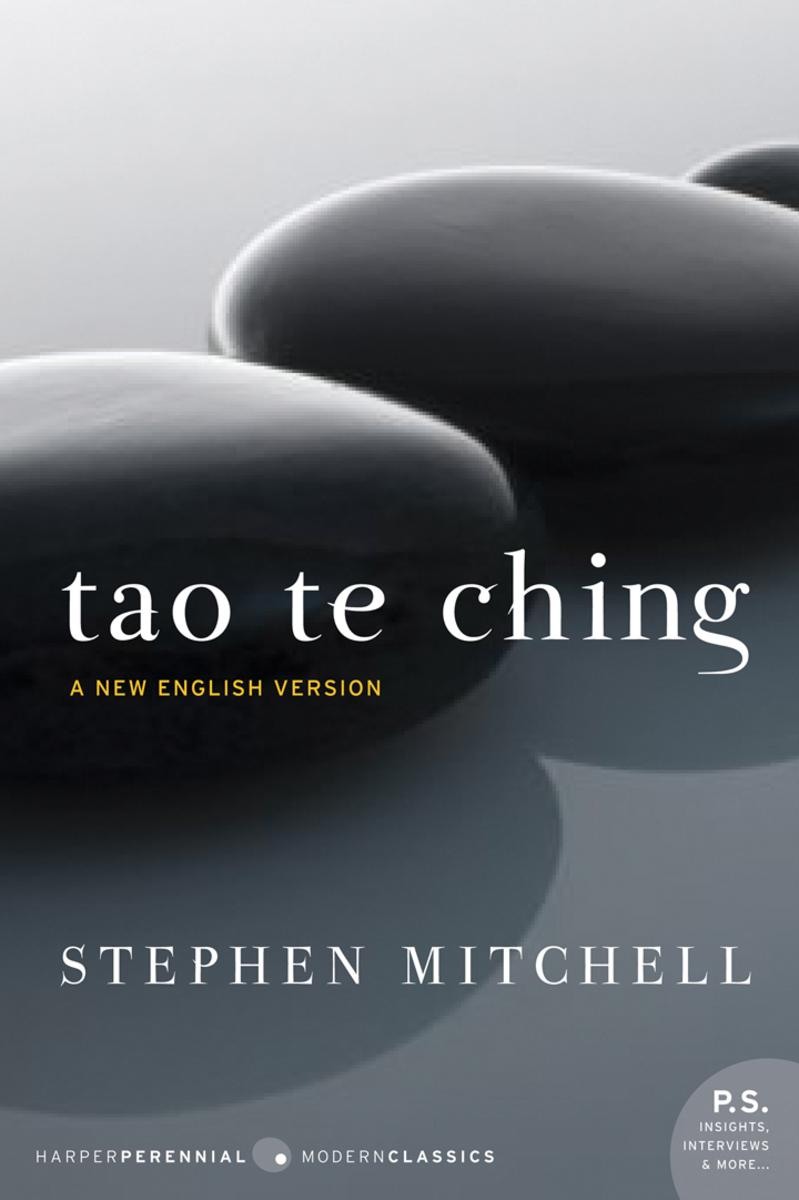
Tao Te Ching
¥83.03
Lao-tzu's Tao Te Ching, or Book of the Way, is the classic manual on the art of living and one of the wonders of the world. In eighty-one brief chapters, the Tao Te Ching llods at the basic predicatment of being alive and gives advice that imparts balance and perspective, a serene and generous spirit. This book is about wisdom in action. It teaches how wo work for the good with the efforless skill that comes from being in accord with the Tao (the basic principle of the universe) and applies equally to good government and sexual love, to childrearing, business, and ecology. The Tao Te Ching is the most widely traslated book in world literature, after the Bible. Yet the gemlike lucidity of the original has eluded most previous translations, and they have obscured some of its central ideas. Now the Tao Te ching has been rendered into English by the eminent scholar and traslator Stephen Mitchell. Mr. Mitchell's Dropping Ashes on the Buddha is a modern Zen classic, and his translations of Rilke and of the Book of Job have already been called definitive for our time.

Getting Started with Python Data Analysis
¥63.21
Learn to use powerful Python libraries for effective data processing and analysisAbout This BookLearn the basic processing steps in data analysis and how to use Python in this area through supported packages, especially Numpy, Pandas, and MatplotlibCreate, manipulate, and analyze your data to extract useful information to optimize your systemA hands-on guide to help you learn data analysis using Python Who This Book Is For If you are a Python developer who wants to get started with data analysis and you need a quick introductory guide to the python data analysis libraries, then this book is for you.What You Will LearnUnderstand the importance of data analysis and get familiar with its processing stepsGet acquainted with Numpy to use with arrays and array-oriented computing in data analysisCreate effective visualizations to present your data using MatplotlibProcess and analyze data using the time series capabilities of PandasInteract with different kind of database systems, such as file, disk format, Mongo, and RedisApply the supported Python package to data analysis applications through examplesExplore predictive analytics and machine learning algorithms using Scikit-learn, a Python library In Detail Data analysis is the process of applying logical and analytical reasoning to study each component of data. Python is a multi-domain, high-level, programming language. It’s often used as a *ing language because of its forgiving syntax and operability with a wide variety of different eco-systems. Python has powerful standard libraries or toolkits such as Pylearn2 and Hebel, which offers a fast, reliable, cross-platform environment for data analysis. With this book, we will get you started with Python data analysis and show you what its advantages are. The book starts by introducing the principles of data analysis and supported libraries, along with NumPy basics for statistic and data processing. Next it provides an overview of the Pandas package and uses its powerful features to solve data processing problems. Moving on, the book takes you through a brief overview of the Matplotlib API and some common plotting functions for DataFrame such as plot. Next, it will teach you to manipulate the time and data structure, and load and store data in a file or database using Python packages. The book will also teach you how to apply powerful packages in Python to process raw data into pure and helpful data using examples. Finally, the book gives you a brief overview of machine learning algorithms, that is, applying data analysis results to make decisions or build helpful products, such as recommendations and predictions using scikit-learn.Style and approach This is an easy-to-follow, step-by-step guide to get you familiar with data analysis and the libraries supported by Python. Topics are explained with real-world examples wherever required.

A Packhorse Called Rachel
¥24.44
A story of courage, fear and defiance based on the authors own personal experience. A Pack Horse Called Rachel is the remarkable tale of a young woman, half Jewish, caught in the extraordinarily brutal world of France in 1944. Rachel moves through the pages of the book with her faithful dog Nourse, touching lives as her work with the Maquis based in the Auvergne takes her perilously close to danger on a day to day basis.The story is based on personal experience, the de*ion of historical events is as true as memory will allow, it is an elegantly written story capturing first hand Kellermann’s painful and lonely life as a resistance fighter within the ‘Maquis’, amidst the harsh beauty of the Auvergne. Beset by the freezing cold climate prevailing in winter, the Vichy traitors amongst the normal French Population and the hostility of ordinary people afraid for their own lives. Rachel overcomes the initial animosity and mistrust of the lecherous and alcoholic farmer Raboullet on whom she comes to rely; the wrath of the Gestapo, the betrayal of St Pré, a full and passionate love affair, tragic loss and yet she survives. Marcel Kellermann notes, with de*ive talent, and intricate detail that only someone especially observant could recall. From the opening raid to the closing trial, the book gives an incisive view, as we understand the mind and soul of the resistance better with each page. This is the story of a young woman paralleled with the struggle of a nation as it regains its courage to fight back.

Inventions and their inventors 1750-1920
¥24.44
Our everyday lives are continually influenced by inventors whose ideas have led to commercial products available in most high streets across the civilised world. For the most part these creative individuals have remained relatively unknown. Yet some of the companies set up by the successful inventors survive to this day albeit with company names no longer associated with the original idea. Volume 1 of this two volume set documents some of the key inventions from the ‘Spinning Jenny’ invented by Hargraves in the late eighteenth century, to some of the most commercially successful ideas of the early 20th century.

WordPress Search Engine Optimization - Second Edition
¥80.65
A complete guide to dominating search engines with your WordPress siteAbout This BookEverything you need to get your WordPress site to the top of search engines and bring thousands of new customers to your blog or businessLearn everything from keyword research and link building to customer conversions, in this complete guidePacked with real-word examples to help get your site noticed on Google, Yahoo, and Bing Who This Book Is For This book is for anyone who runs any of the over 90,000,000 WordPress installations throughout the world. If you can login to your WordPress website, you can implement most of the tips in this book without any coding experience.What You Will LearnThe elements that search engines use to rank websites—and how to optimize your site for premium placementHarness social media sites to extend the reach of your site and gain more visitorsDiscover the high-volume, high-value search phrases that customers use when searching for your products or servicesAvoid dangerous black-hat optimization techniques and the people who advocate and purvey themBuild high-quality, high-value links from other websites to raise your rankings in search enginesCreate optimized and engaging content that both search engines and readers will loveAvoid common SEO mistakes that can get your site penalized by search engines In Detail WordPress is a powerful platform for creating feature-rich and attractive websites but, with a little extra tweaking and effort, your WordPress site can dominate search engines and bring thousands of new customers to your business. WordPress Search Engine Optimization will show you the secrets that professional SEO companies use to take websites to the top of search results. You'll take your WordPress site to the next level; you'll brush aside even the stiffest competition with the advanced tutorials in this book.Style and approach This is a practical, hands-on book based around sound SEO techniques specifically applied to WordPress. Each chapter starts with a brief overview of the important concepts then quickly moves into practical step-by-step actions you can take immediately. Throughout the book, you'll get clear instructions and detailed screenshots, so you can see exactly what to do each step of the way.

Implementing NetScaler VPX? - Second Edition
¥71.93
Implement the new features of Citrix NetScaler 11 to optimize and deploy secure web services on multiple virtualization platformsAbout This BookLearn how to design, set up, and deploy NetScaler VPX along with the new Jumbo frames in a virtual environment using your GUI as well as your CLI for both public and private clouds to make all your web applications faster and more secureEnrich your networking skills utilizing the new features of AAA by following the instructions to optimize network trafficA step-by-step guide that will show you how to work with the latest NetScaler, 11, by implementing its new features using sample scenarios and real-world examples Who This Book Is For This book is for Citrix administrators who are just getting started with NetScaler, have some basic networking skills This book does not require prior experience of NetScaler.What You Will LearnConfigure different VPN solutions and learn about ICA Proxy, Unified Gateway and SSL VPNSet up load balancing for SharePoint, Exchange, Lync, SQL and other Citrix componentsGain insights into traffic management with NetScaler, Wireshark, and Citrix InsightProtect your web services with an application firewall, HTTP, DOS, and AAAOptimize traffic using front-end optimization, caching, and compressionDeploy a high availability environmentUse NetScaler in public cloud providers such as Azure or AmazonAdvance your network knowledge of TCP and SSL optimization In Detail With a large demand for responsive websites and availability of services, IT administrators are faced with an ever-rising need for services that are optimized for speed. NetScaler VPX is a software-based virtual appliance that provides users with the comprehensive NetScaler feature set. Implementing apps and cloud-based services is much easier with its increased service performance and integrated security features. This book will give you an insight into all the new features that NetScaler VPXhas to offer. Starting off with the basics, you will learn how to set NetScaler up and configure it in a virtual environment including the new features available in version 11, such as unified gateway and portal theme customization. Next, the book will cover how to deploy NetScalar on Azure and Amazon, and you will also discover how to integrate it with an existing Citrix infrastructure. Next, you will venture into other topics such as load balancing Microsoft and Citrix solutions, configuring different forms of high availability Global Server Load Balancing (GSLB), and network optimization. You will also learn how to troubleshoot and analyze data using NetScaler's extensive array of features. Finally, you will discover how to protect web services using an application firewall and will get to grips with other features such as HTTP, DOS, and AAA.Style and approach This easy-to-follow guide is full of detailed step-by step-instructions on how to implement the key components in NetScaler, using real-world examples and sample scenarios.

Team Foundation Server 2015 Customization
¥71.93
Take your expertise to the next level by unraveling various techniques to customize TFS 2015About This BookLearn how to efficiently modify your TFS-specific dashboards for complex server pluginsFind out the pros and cons of various extension points and customizations in TFSA fast-paced guide with highly concentrated information on TFS customizations Who This Book Is For This book is intended for anyone with experience with TFS, and in particular, those intermediate users who want to add more value to their organization by making its TFS users more productive. The book requires basic coding skills.What You Will LearnCustomize TFS 2015 dashboard and administer various componentsConfigure board cards, swim lanes, and columnsExplore the types of changes that can be made on the TFS process templatesCreate your own custom control for the Web and client work item formsBuild up new check-in policiesGet to grips with your personal server plugins and their usesCustomize both XAML builds and the new build systemSchedule jobs for more complicated business rules to run on a scheduleExtend your TFS possibilities with service hooks and VSO extensions In Detail Team Foundation Server is an efficacious collaboration tools that will allow you to share code, track records, software, all in a single package. Integrate it with your existing IDE or editor and let your team work in a flexible environment that adapts to projects of all shapes and sizes. Explore what gives you the edge over other developers by knowing the tips and quick fixes of customizing TFS. Effectively minimize the time users spend interacting with TFS so that they can be more productive. In this book you will quickly cover lots of TFS extension points, from the very basic task of customizing and configuring dashboards to customizing automated builds and check-in policies. You will learn how to create dashboards in TFS 2015, as well as add tiles, graphs, and more useful modifications. You'll perform customizations that make TFS work for you by streamlining your team’s boards. You'll cast modifications to the process template and learn the tips and tricks required to make efficient and valuable uses of your team’s board. From team-specific dashboards to complex server plugins, everything is covered in this concentrated guide to aid your knowledge. Delving deep, this book covers the pros and cons of check-in policies, as well as their proper debugging and deployment strategies. After that you will learn about advanced XAML builds and TFS jobs to further experiment with the activities of your jobs on your system. Finally, you will learn about service hooks and the amazing utility of .VSO extensions to help you create new extensions and explore new levels of customization.Style and approach This is an easy-to-follow guide with clearly explained and demonstrated examples.
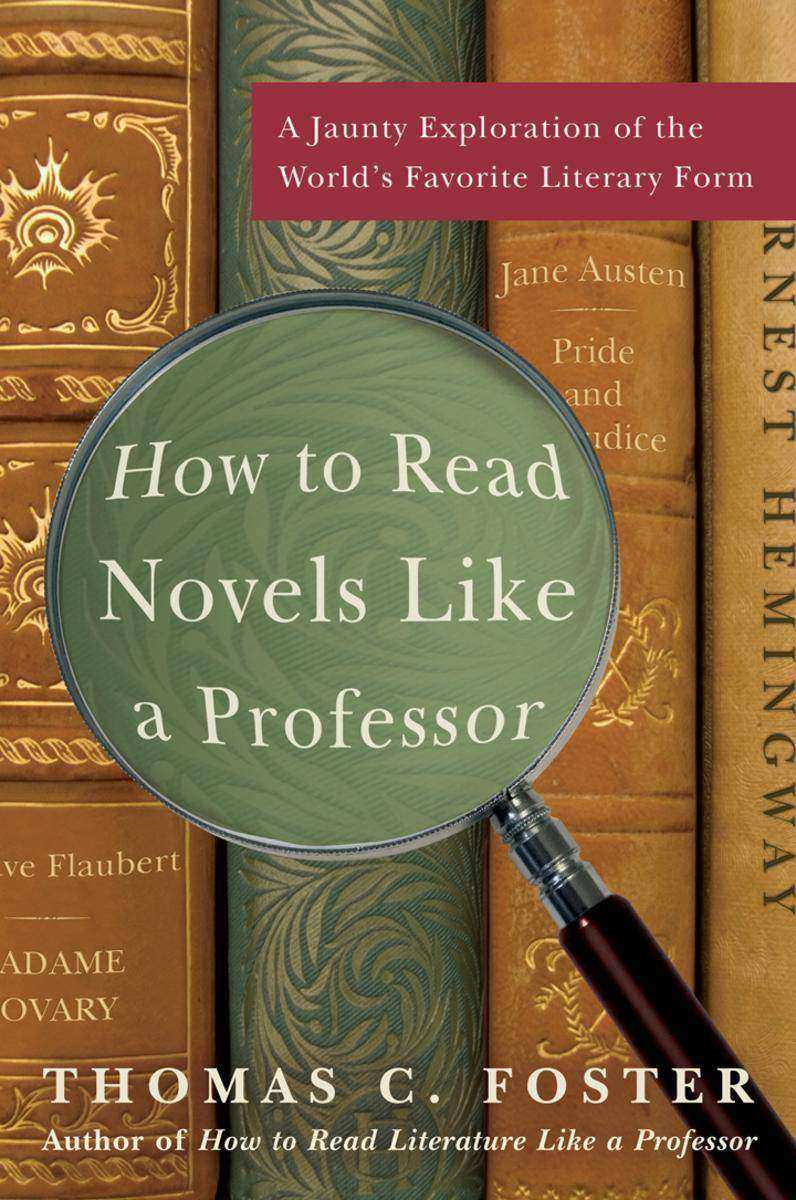
How to Read Novels Like a Professor
¥88.56
Of all the literary forms, the novel is arguably the most discussed . . . and fretted over. From Miguel de Cervantes's Don Quixote to the works of Jane Austen, F. Scott Fitzgerald, Ernest Hemingway, and today's masters, the novel has grown with and adapted to changing societies and technologies, mixing tradition and innovation in every age throughout history. Thomas C. Foster the sage and scholar who ingeniously led readers through the fascinating symbolic codes of great literature in his first book, How to Read Literature Like a Professor now examines the grammar of the popular novel. Exploring how authors' choices about structure point of view, narrative voice, first page, chapter construction, character emblems, and narrative (dis)continuity create meaning and a special literary language, How to Read Novels Like a Professor shares the keys to this language with readers who want to get more insight, more understanding, and more pleasure from their reading.

Best-Loved Chinese Proverbs
¥72.93
"By filling one's head instead of one's pocket, one cannot be robbed." The appeal of Chinese proverbs is profound and universal. With brevity, clarity, and simplicity, these carefully chosen words help pass wisdom and insight throughout the ages. This timeless, eloquent collection of proverbs offers fundamental truths about the natural world and the human condition, on subjects such as: Ability Adversity Beauty Character Conflict Cooperation Deception Defeat Fortune Greed Happiness Honor Inspiration Knowledge Leadership Love Moderation Necessity Neighbors Obstinacy Opportunity Perseverance Pride Sincerity Strategy Success Thought Trust Victory Wisdom And More "With our thoughts we must build our world."

I Never Metaphor I Didn't Like
¥88.56
The murals in restaurants are on a par with the food in museums. America is an enormous frosted cupcake in the middle of millions of starving people. Critics are like pigs at the pastry cart. Describing something by relating it to another thing is the essence of metaphorical thought. It is one of the oldest activities of humankind and one of the most impressive when done skillfully. Throughout history, many masters of metaphor have crafted observations that are so spectacular they have taken up a permanent residence in our minds. In I Never Metaphor I Didn't Like , quotation maven Dr. Mardy Grothe fixes his attention on the three superstars of figurative language analogies, metaphors, and similes. The result is an extraordinary compilation of nearly 2,000 feats of association that will entertain, educate, and occasionally inspire quotation lovers everywhere. In this intellectual smorgasbord, the author of Oxymoronica and Viva la Repartee explains figurative language in a refreshingly down-to-earth way before taking readers on a tour of history's greatest word pictures. In chapters on wit, love, sex, stage and screen, insults, politics, sports, and more, you will find quotations from Aristotle and Maya Angelou to George Washington and Oprah Winfrey.
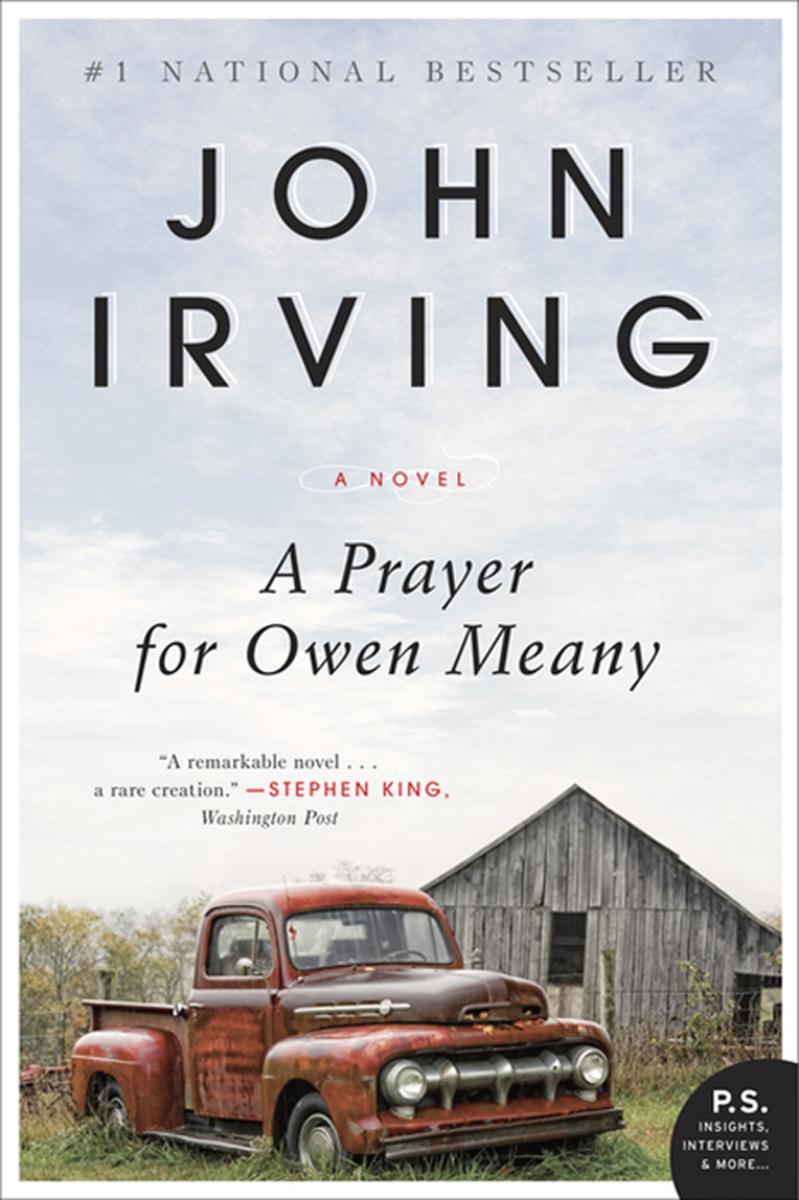
A Prayer for Owen Meany
¥56.07
I am doomed to remember a boy with a wrecked voice not because of his voice, or because he was the smallest person I ever knew, or even because he was the instrument of my mother's death, but because he is the reason I believe in God; I am a Christian because of Owen Meany. In the summer of 1953, two eleven-year-old boys best friends are playing in a Little League baseball game in Gravesend, New Hampshire. One of the boys hits a foul ball that kills the other boy's mother. The boy who hits the ball doesn't believe in accidents; Owen Meany believes he is God's instrument. What happens to Owen after that 1953 foul ball is extraordinary.
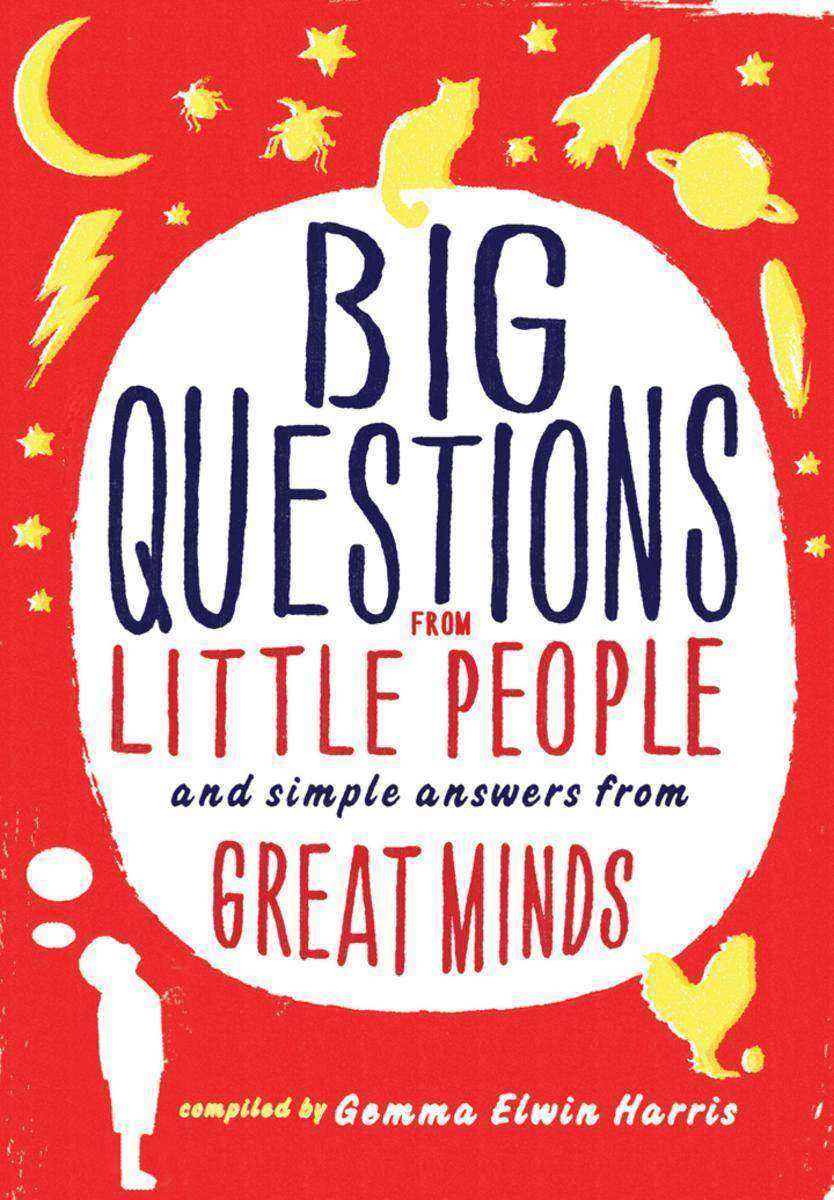
Big Questions from Little People
¥138.41
Illuminating and essential, Big Questions from Little People is a timeless gift, a handbook for curious children and their perplexed parents. Many of the questions children ask in the course of growing up can stump even the best educated adult: Why can't I tickle myselfAre we all relatedWho named all the citiesDo aliens existWhat makes me meIs it okay to eat a wormWho invented chocolateIf the universe started from nothing, how did it become somethingHow do you fall in loveWho is GodHow do chefs get ideas for recipesWhy are some people meanThis charming and informative collection has been compiled from schoolchildren's actual questions, which are answered by the world's greatest experts, including Mary Roach, Richard Dawkins, Philip Pullman, Bear Grylls, David Eagleman, Philippa Gregory, Noam Chomsky, and Mario Batali.
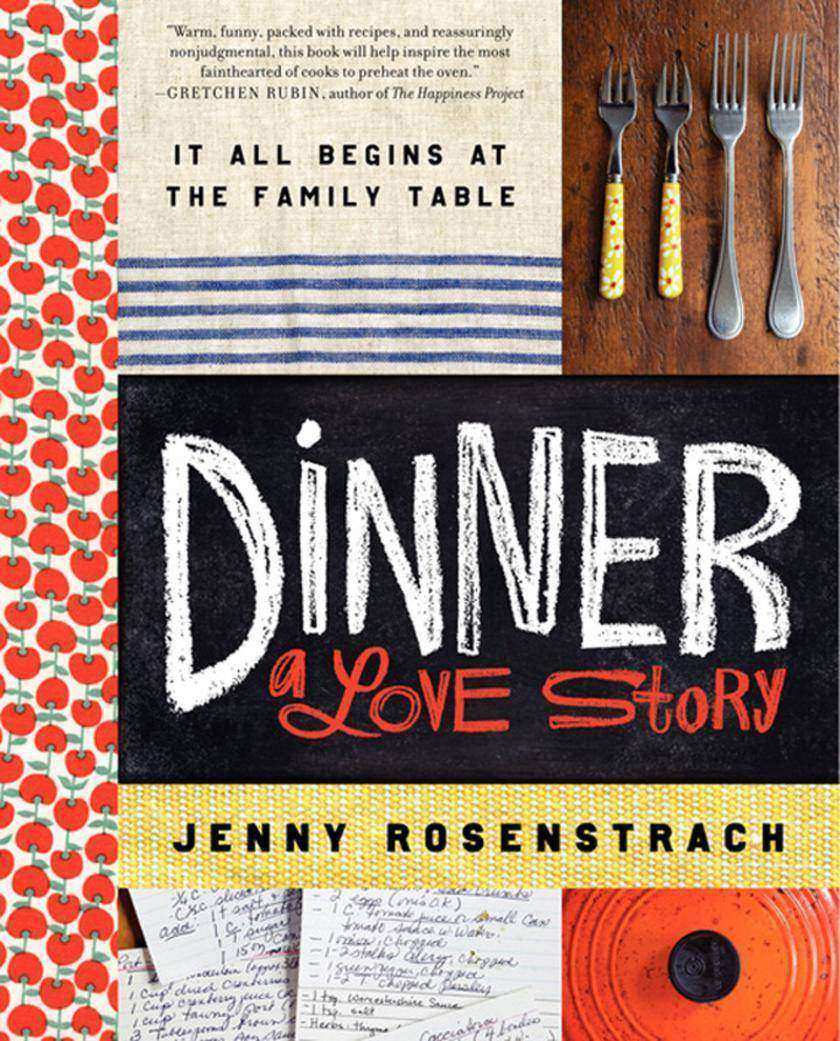
Dinner: A Love Story
¥166.09
Jenny Rosenstrach, and her husband, Andy, regularly, some might say pathologically, cook dinner for their family every night.?Even when they work long days. Even when their kids' schedules pull them in eighteen different directions. They are not superhuman.?They are not from another planet. With simple strategies and common sense, Jenny figured out how to break down dinner—the food, the timing, the anxiety, from prep to cleanup—so that her family could enjoy good food, time to unwind, and simply be together.Using the same straight-up, inspiring voice that readers of her award-winning blog, Dinner: A Love Story,?have come to count on, Jenny never judges and never preaches. Every meal she dishes up?is a real meal, one that has been cooked and eaten and enjoyed at least a half dozen times by someone in Jenny's house. With inspiration and game plans for any home cook at any level, Dinner: A Love Story is as much for the novice who doesn't know where to start as it is for the gourmand who doesn't know how to start over when she finds herself feeding an intractable toddler or for the person who never thought about home-cooked meals until he or she became a parent.?This book is, in fact, for anyone interested in learning how to?make a meal to be shared with someone they love, and about how so many good, happy things?happen when we do.

Stepping Out Within
¥53.88
Stepping Out Within by Robert W. Olsen has de*ive copy which is not yet available from the Publisher.
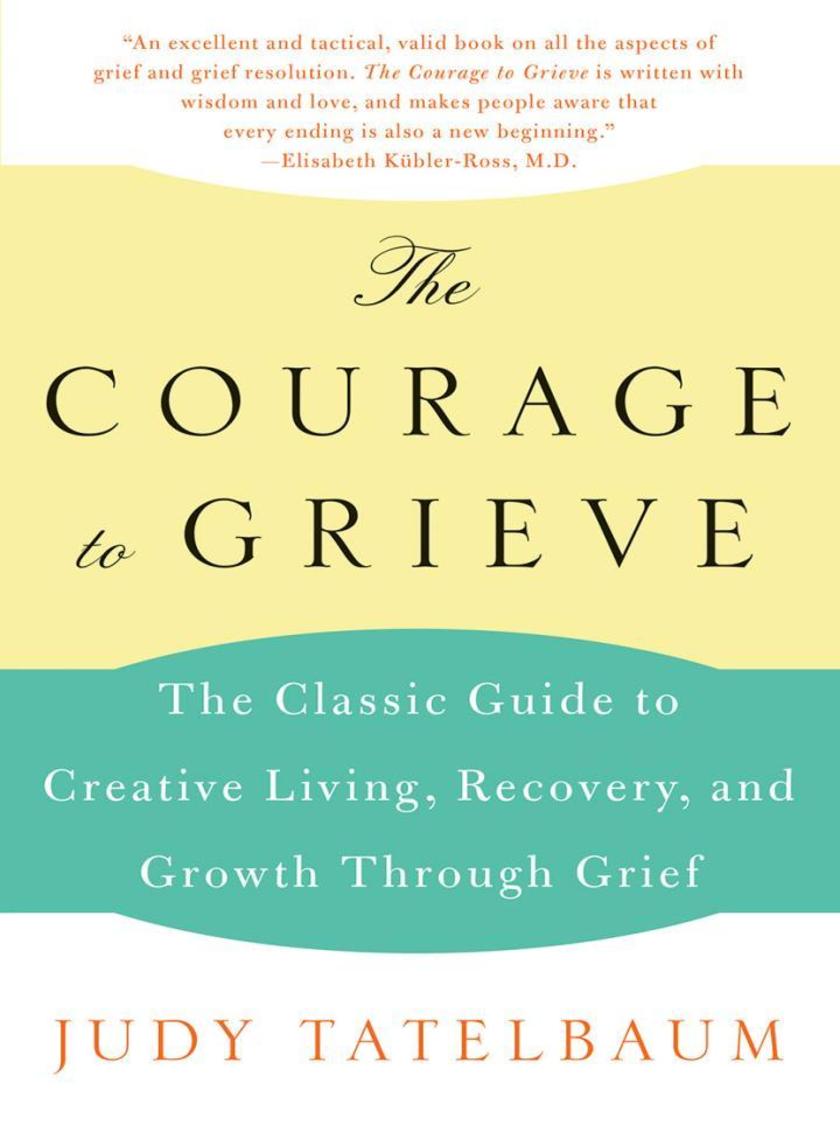
The Courage to Grieve
¥88.56
This unusual self-help book about surviving grief offers the reader comfort and inspiration. Each of us will face some loss, sorrow and disappointment in our lives, and The Courage to Grieve provides the specific help we need to enable us to face our grief fully and to recover and grow from the experience. Although the book emphasizes the response to the death of a loved one, The Courage to Grieve can help with every kind of loss and grief.Judy Tatelbaum gives us a fresh look at understanding grief, showing us that grief is a natural, inevitable human experience, including all the unexpected, intense and uncomfortable emotions like sorrow, guilt, loneliness, resentment, confusion, or even the temporary loss of the will to live. The emphasis is to clarify and offer help, and the tone is spiritual, optimistic, creative and easy to understand. Judy Tatelbaum provides excellent advice on how to help oneself and others get through the immediate experience of death and the grief that follows, as well as how to understand the special grief of children. Particularly useful are the techniques for completing or "finishing" grief--counteracting the popular misconception that grief never ends. The Courage to Grieve shows us how to live life with the ultimate courage: not fearing death. This book is about so much more than death and grieving it is about life and joy and growth.

Beowulf
¥55.33
A verse translation of the first great narrative poem in the English language that captures the feeling and tone of the original.
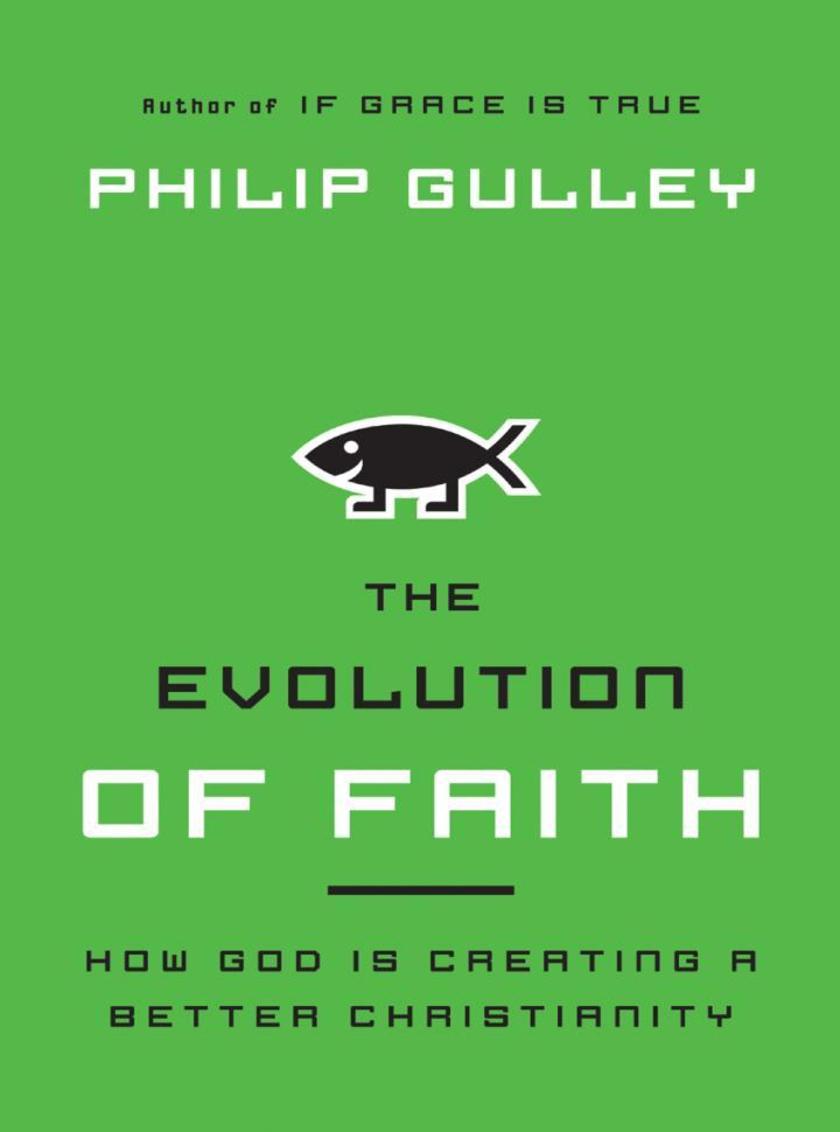
The Evolution of Faith
¥90.77
Philip Gulley, famous for his own controversial theology that affirms universality, urges us in The Evolution of Faith to let go of our tightly held beliefs and start the journey toward a dynamic faith. Faith should always be seen as a work in progress, and this accessible guide will be a must-have tool for those interested in where the Christian faith is going today.

The Mother-Daughter Book Club Rev Ed.
¥84.16
Newly revised and updated! The tenth anniversary edition of the inspirational book that has brought countless mothers and daughters closer together! The Mother-Daughter Book Club is the story of a group of mothers and their daughters, and how their relationships were strengthened and changed by starting a monthly reading club. But it is also a practical step-by-step guide filled with stories, anecdotes, and reading lists that will inspire parents to start reading clubs of their own.Shireen Dodson's message is a powerful one: Reading, learning, and sharing ideas can help nourish a daughter's confidence, strength, spirit, and independence. A reading club offers a mother the opportunity to enjoy her daughter's burgeoning mind as she moves toward womanhood. The Mother-Daughter Book Club is not merely about books. It is about mothers and daughters, girls and women, and how reading and talking enriches our relationships with one another.
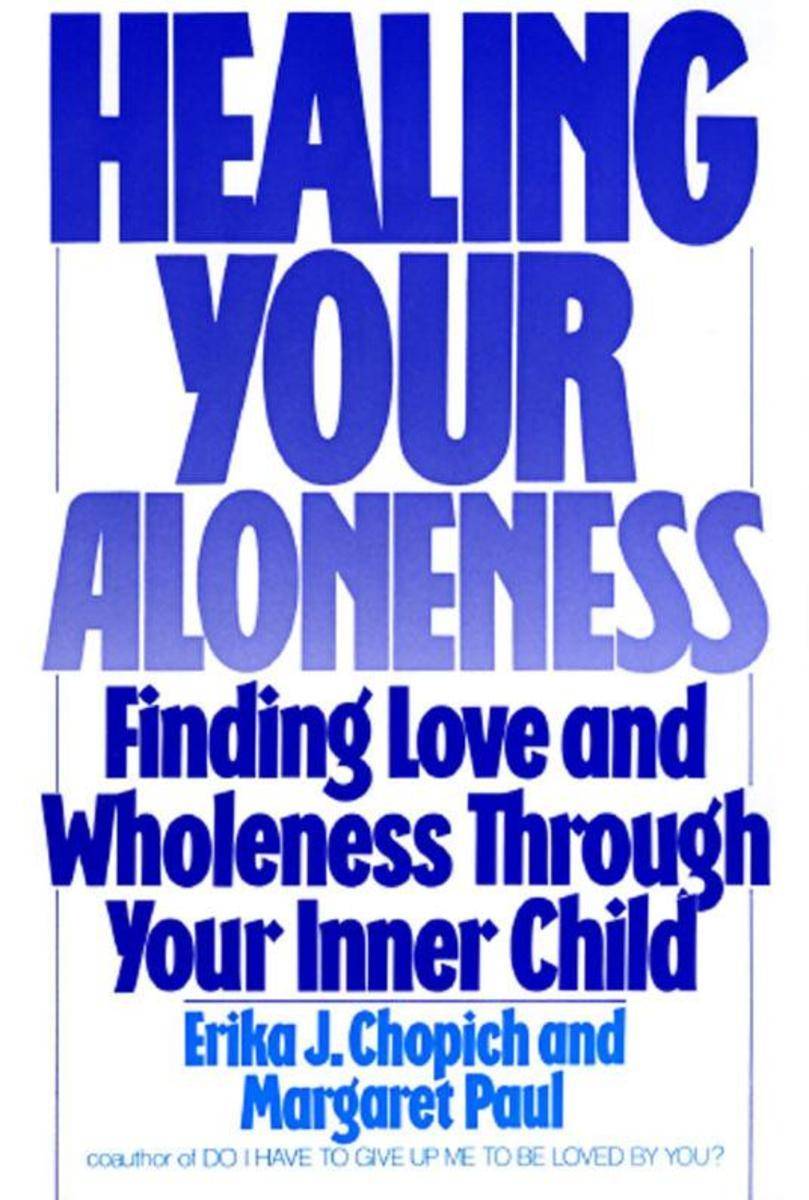
Healing Your Aloneness
¥95.39
Erika Chopich and Margaret Paul show how anyone can reconnect with his or her Inner Child to short-circuit self-destructive patterns, resolve fears and conflicts, and build satisfying relationships. Healing Your Aloneness outlines a self-healing process that can be used every day to restore a nurturing balance between loving Adult and loved Inner Child.




 购物车
购物车 个人中心
个人中心



